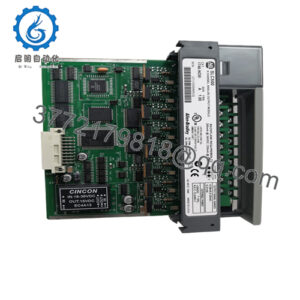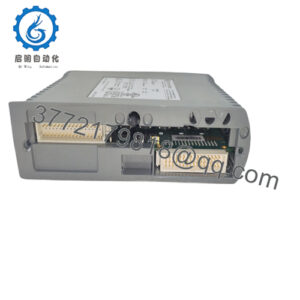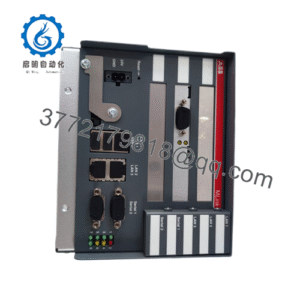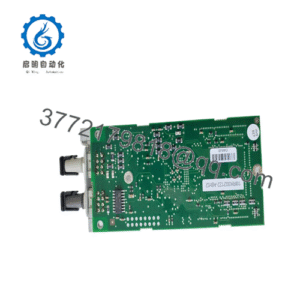Description
ABB PM866-2 3BSE050201R1 is a high-performance programmable automation controller (PAC) that serves as the central control hub for industrial automation systems. It has multiple communication interfaces and can connect with various field devices such as sensors, actuators, and other control units through protocols such as Ethernet, Profibus DP, and Modbus TCP. This broad compatibility ensures that it can be easily integrated into existing or new automation architectures, regardless of their complexity or technological diversity.
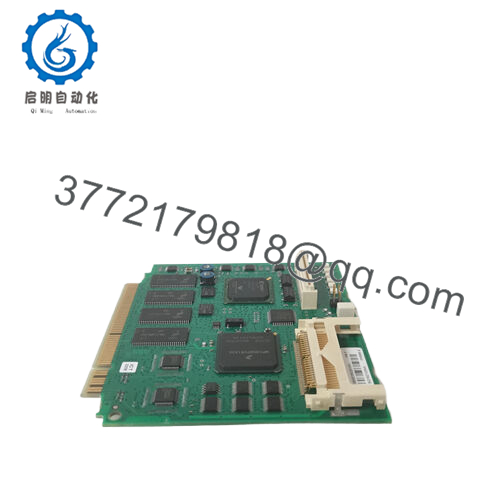
PM866-2 3BSE050201R1
This controller uses a high-speed processor and large capacity memory, and is adept at executing complex control algorithms while simultaneously handling multiple tasks. It continuously collects real-time data on the distribution of sensors in industrial facilities, processes this information with high precision, and then sends precise control signals to actuators to regulate and optimize industrial processes. The controller is equipped with advanced self diagnostic functions that can continuously monitor its internal status and the health status of connected devices. It can quickly detect abnormal situations such as communication failures, sensor failures, or software errors. Once a problem is detected, it will trigger an alarm, record detailed fault information, and activate predefined protective measures to prevent system failures and ensure operational safety.
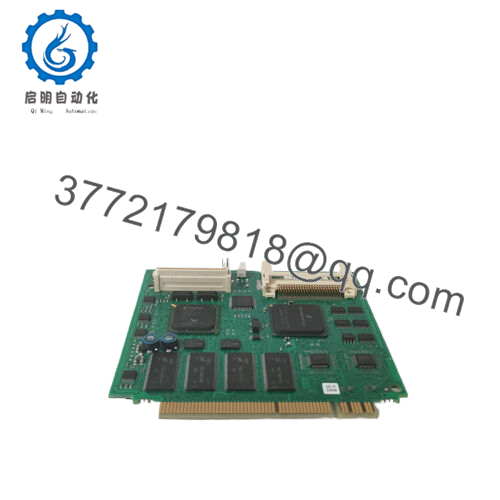
PM866-2 3BSE050201R1
Technical specifications:
Model PM866-2 3BSE050201R1
Brand ABB
Type Programmable Automation Controller (PAC)
Input voltage 24V DC
Working temperature range -25 ° C to 60 ° C
Installation method: DIN rail
Size 165 x 115 x 75 millimeters
Weight 1.2 kilograms
Interface/Bus Ethernet Profibus DP、Modbus TCP
Certification CE, RoHS
Supported programming languages include ladder diagram (LD), functional block diagram (FBD), structured text (ST), and C language
Typical power consumption 25 W
Contact Us
Phone:+86 16626708626
WeChat/WhatsApp:+86 16626708626
Email: 3772179818
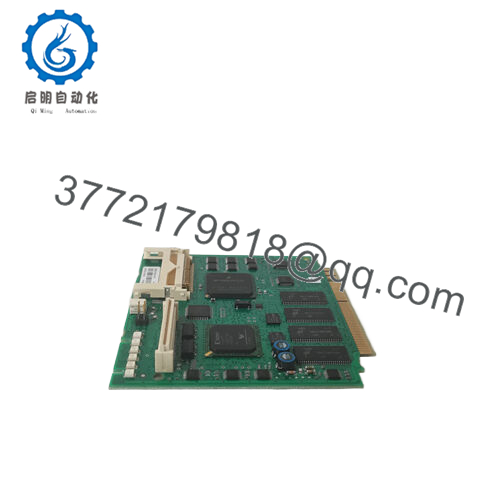
PM866-2 3BSE050201R1
Main features and advantages:
Its high-speed processing capability enables ultra fast and precise control of industrial processes, significantly reducing production cycle time and improving overall productivity. The ability to support multiple communication protocols simplifies system integration, making it easy to connect new devices or expand existing systems without the need for large-scale modifications, thereby saving time and costs.
Advanced diagnostic and self-monitoring functions improve system reliability by quickly identifying and resolving potential issues. This proactive approach can minimize unplanned downtime, reduce maintenance costs through predictive maintenance, and extend the lifespan of connected devices. The flexibility of programming languages enables engineers to optimize control strategies, improve process efficiency, and enhance product quality.
This controller is designed to withstand harsh industrial environments and can withstand vibrations, dust, and extreme temperature fluctuations. Its sturdy structure ensures long-term stable operation, maintaining a competitive advantage in the industrial market by reducing total cost of ownership and providing high return on investment.
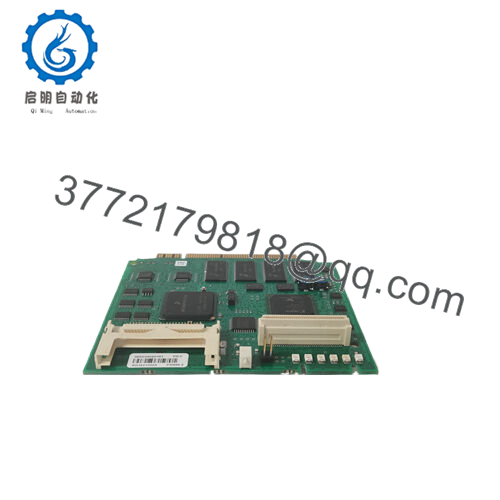
PM866-2 3BSE050201R1
Application areas:
ABB PM866-2 3BSE050201R1 is widely used in various industries. In the automotive manufacturing industry, it is used to control the entire production line, coordinate the operations of robotic arms, conveyor systems, paint booths, and quality inspection stations. It ensures precise and efficient assembly processes, reduces production errors, and improves the quality of finished vehicles.
In the chemical industry, this controller manages complex chemical processes and precisely controls parameters such as temperature, pressure, flow rate, and chemical composition in reactors and pipelines. It helps maintain product quality, ensure compliance with safety regulations, and optimize production throughput through precise adjustment of chemical reactions.
In the field of energy, especially in smart grids and renewable energy power plants, ABB PM866-2 3BSE050201R1 monitors and controls power generation, distribution, and consumption. It coordinates the operation of generators, transformers, and energy storage systems, optimizes energy efficiency, and ensures stable power supply. Whether in industries that require large-scale production or precise process control, this controller can provide consistent and reliable performance.
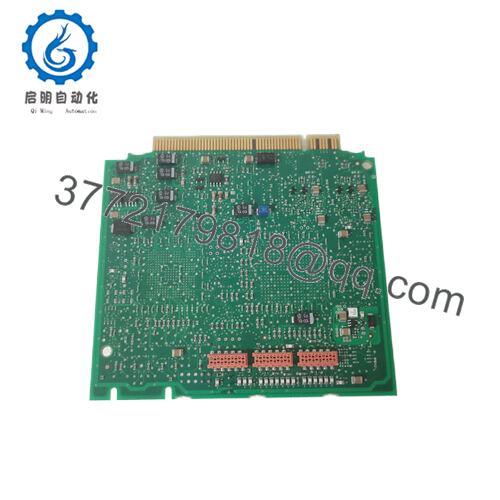
PM866-2 3BSE050201R1
Related products:
ABB PM867-2 3BSE050202R1: With higher processing power and larger memory, it is suitable for highly data intensive and complex automation tasks in large industrial complexes.
ABB PM865-2 3BSE050200R1: A more cost-effective option with basic control functions, suitable for small projects or applications with low automation requirements.
ABB PM868-2 3BSE050203R1: Equipped with advanced network security features, it provides an additional layer of protection for industrial automation systems, especially suitable for industries that handle sensitive data.
ABB PM866-3 3BSE050204R1: Provides additional communication interfaces and enhanced data analysis capabilities for deeper monitoring and optimization of industrial processes.
ABB PM866-1 3BSE050205R1: With different built-in feature sets, designed specifically for specific industry applications that require customized control solutions.
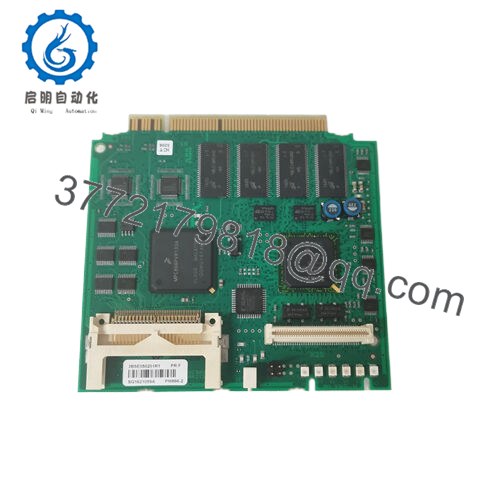
PM866-2 3BSE050201R1
Installation and maintenance:
Before installing the ABB PM866-2 3BSE050201R1 controller, it is essential to verify the compatibility of the communication protocol with existing equipment and systems. Ensure that the input voltage is a stable 24V DC to avoid electrical issues. When installing the controller on the DIN rail, ensure that it is securely fixed and has sufficient space for proper ventilation to prevent overheating.
For continuous maintenance, regularly check the status indicator lights on the controller to monitor its operating status. Regularly backup control programs to prevent data loss in the event of system failure. Check for signs of wear, damage, or loose connections in communication cables and connectors, as these issues may interrupt data transmission. Update the firmware of the controller according to ABB’s release plan to benefit from the latest features, performance improvements, and security patches. In addition, use the built-in diagnostic function for routine testing to ensure the integrity of the control system and connected devices.

 WhatsApp: +86 16626708626
WhatsApp: +86 16626708626 Email: 3772179818@qq.com
Email: 3772179818@qq.com Phone: +86 16626708626
Phone: +86 16626708626